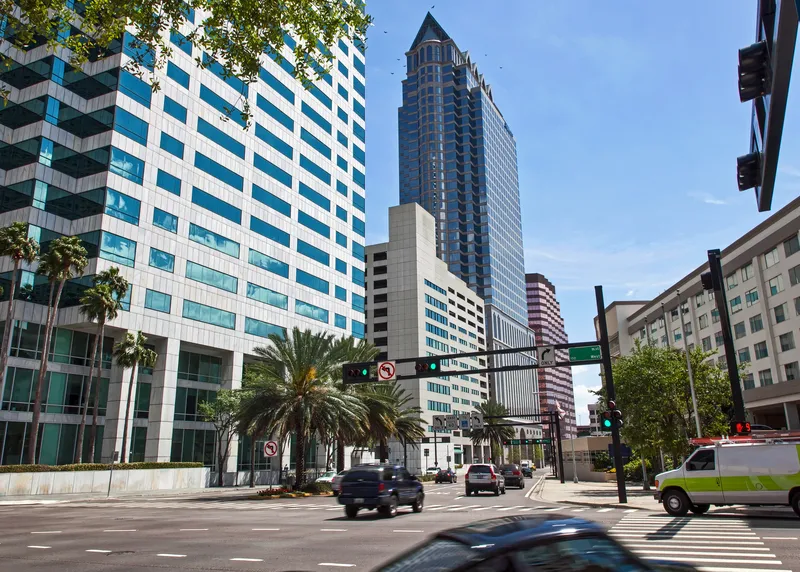
NoTraffic, a developer of mobility platforms, has received approval from the Florida Department of Transportation (FDoT) to operate in the south-eastern US state.
With FDoT certification, NoTraffic said it is now poised to deploy its traffic management solutions across agencies in the Sunshine State. This will enhance traffic efficiency and safety and prepare the roads for connected vehicles.
The company said the approval will also showcase NoTraffic as a viable choice for other states seeking innovative mobility solutions.
NoTraffic, founded in 2017, provides a Software as a Service (SaaS) platform that offers a mobility store which provides one-stop-shop access to multiple applications for enhanced safety, data analysis, efficiency and detection. On one single, unified platform, NoTraffic allows transportation departments and other stakeholders to introduce and manage customised mobility services.
NoTraffic’s platform combines hardware components, AI-powered software modules, a cloud-based mobility operating system (MOS), and 24/7 support. By using a network of smart sensors deployed at signalised intersections, conflict points or complex roadways, the platform gives traffic authorities and infrastructure operators the ability to fully control and prioritise traffic flow for all kinds of transportation - cars, bicycles, buses, pedestrians and more.
The platform is operating in more than 24 states, including in California, Texas, Pennsylvania, Colorado, Florida and Georgia as well as in parts of Canada.
“Receiving approval from FDoT is a significant achievement for NoTraffic,” said Tal Kreisler, the firm's chief executive and co-founder. “This endorsement not only opens doors for us in Florida but also positions NoTraffic as a trusted partner for traffic agencies and states across the nation.”










